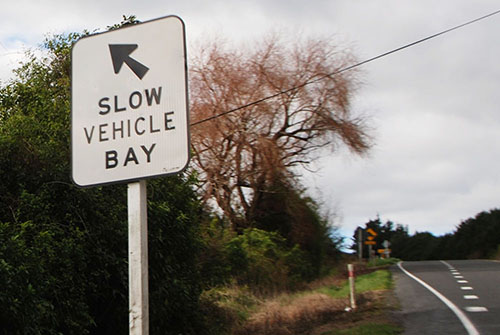Connecting Tairāwhiti is a programme of construction projects across the northern Hawke’s Bay and Tairāwhiti regions designed to make the regions’ roads more resilient and safer for drivers. Together, these projects focus on improving the corridor’s safety, access and resilience.
Projects are funded by the National Land Transport Fund, the Provincial Growth Fund and regional package of the NZ Upgrade Programme.
$32.65 million of PGF investment and 2.83m of NLFT funding has been allocated to SH2/35 passing opportunities and $13.5 million of PGF investment has been allocated to SH35 resilience.
National Land Transport Programme – Gisborne/Tairāwhiti
Provincial Growth Fund(external link)
NZ Upgrade Programme regional package
Tairāwhiti Roading Package
Within the Connecting Tairāwhiti programme is a package of works called the Tairāwhiti Roading Package, funded by the National Land Transport Fund and the Provincial Growth Fund, with a combined allocation for state highway projects totalling $59.2 million.
SH35 resilience projects
We know that the landscape across Tairāwhiti is steep, unstable and highly-eroded – which means roads are windy and vulnerable to weather events.
3 ‘resilience hot spots’ on State Highway 35 have been identified where repairs, stabilisation or other improvements would improve the resilience and route security of the highway, as part of the Connecting Tairāwhiti programme of works.
The Provincial Growth Fund has allocated $13.5 million to repairing, improving and stabilising ‘resilience hot spots’ along SH35.

SH2/SH35 passing opportunities
As well as the steep, windy roads that slow traffic down, drivers have told us that the increasing number of heavy freight trucks is causing frustration and safety issues. A lack of cell phone coverage on SH2 and SH35 is also causing unsafe behaviour with drivers checking messages.
The project aims to address both of these issues with a number of passing opportunities or mobile layby sites identified for development.
The National Land Transport Fund has allocated $2.83 million and the Provincial Growth Fund has allocated $32.65 million for this package.

SH2 Waikare Gorge safety realignment
In May 2020, Waka Kotahi NZ Transport Agency secured $5 million from the Provincial Growth Fund for pre-implementation work for the Waikare Gorge safety realignment project.
The funding will support Waka Kotahi’s work to get the project ready for construction, including land purchase, consents, designation of the route, design and detailed geo-technical investigation.
SH2 High-productivity motor vehicle works, Ōpōtiki-Napier
The $4 million project is funded by the National Land Transport fund as part of the Tairāwhiti Roading package.
SH35 Makokomuka safety realignment (business case)
The $200,000 project is funded by the National Land Transport Fund as part of the Tairāwhiti Roading package. Funding for implementation will be determined following completion of the business case.
Other capital projects
Connecting Tairāwhiti includes a number of other capital projects happening across northern Hawke’s Bay and Tairāwhiti, including:
SH2 Inter-regional connections (Waioeka Gorge)
The budget for the single-stage business case is $500,000 and is funded by the National Land Transport Fund as part of the Tairāwhiti Roading package.
SH2 Raupunga resilience
The $2.8 million project is funded by the National Land Transport Fund.
SH2 Tahaenui Bridge
The SH2 Tahaenui Bridge widening project will widen the existing Tahaenui Bridge on SH2 between Wairoa and Gisborne to accommodate two-lane travel and deliver safety improvements including marae entrance improvements. The project will improve the roading network access and efficiency for those travelling between Gisborne and Hawke’s Bay.
The SH2 Tahaenui Bridge widening project is part of the regional package of the NZ Upgrade programme. This programme contains projects that will address key challenges our regional state highway networks face including safety risks, resilience and congestion problems, accessibility and travel time reliability. The projects will also support regional economic development.
